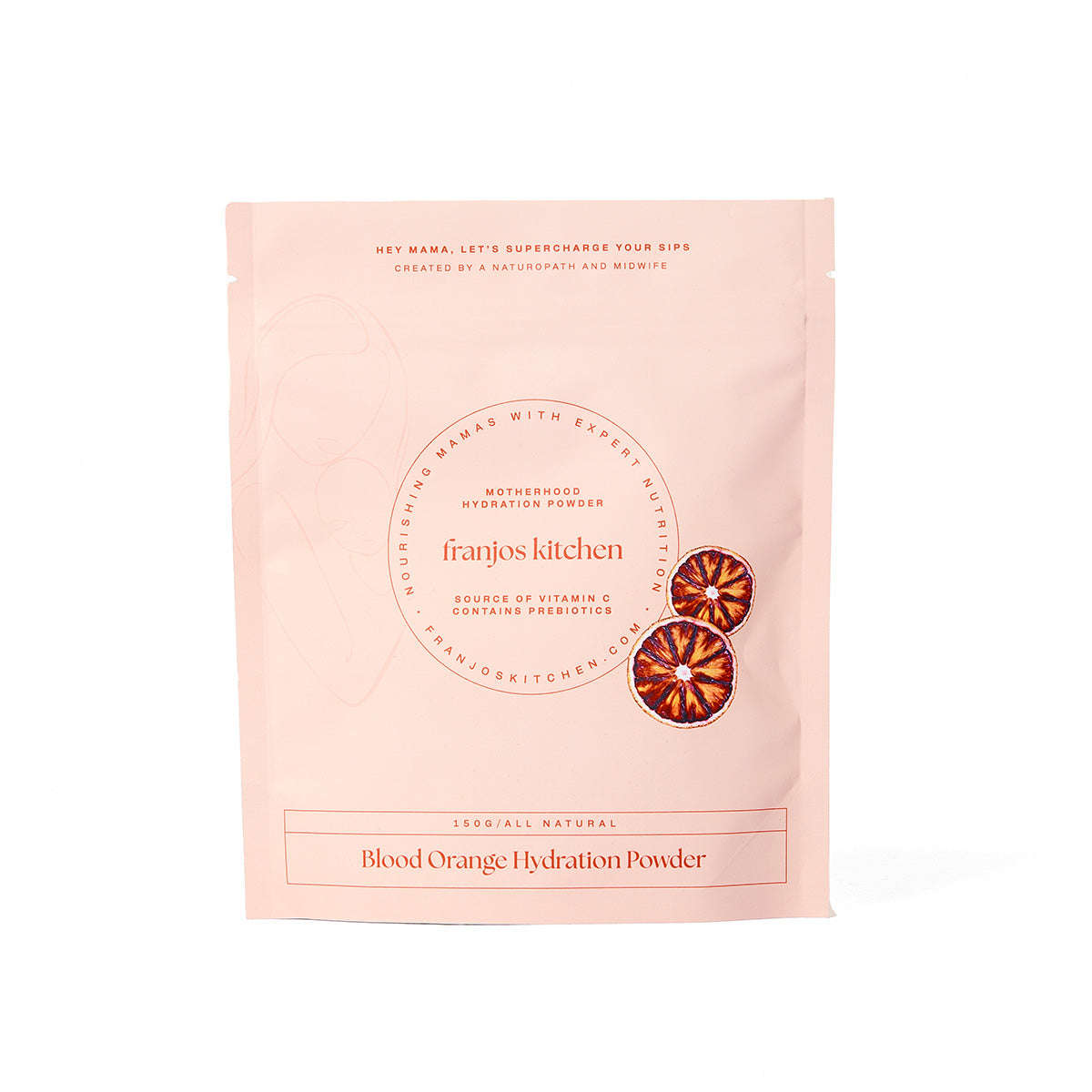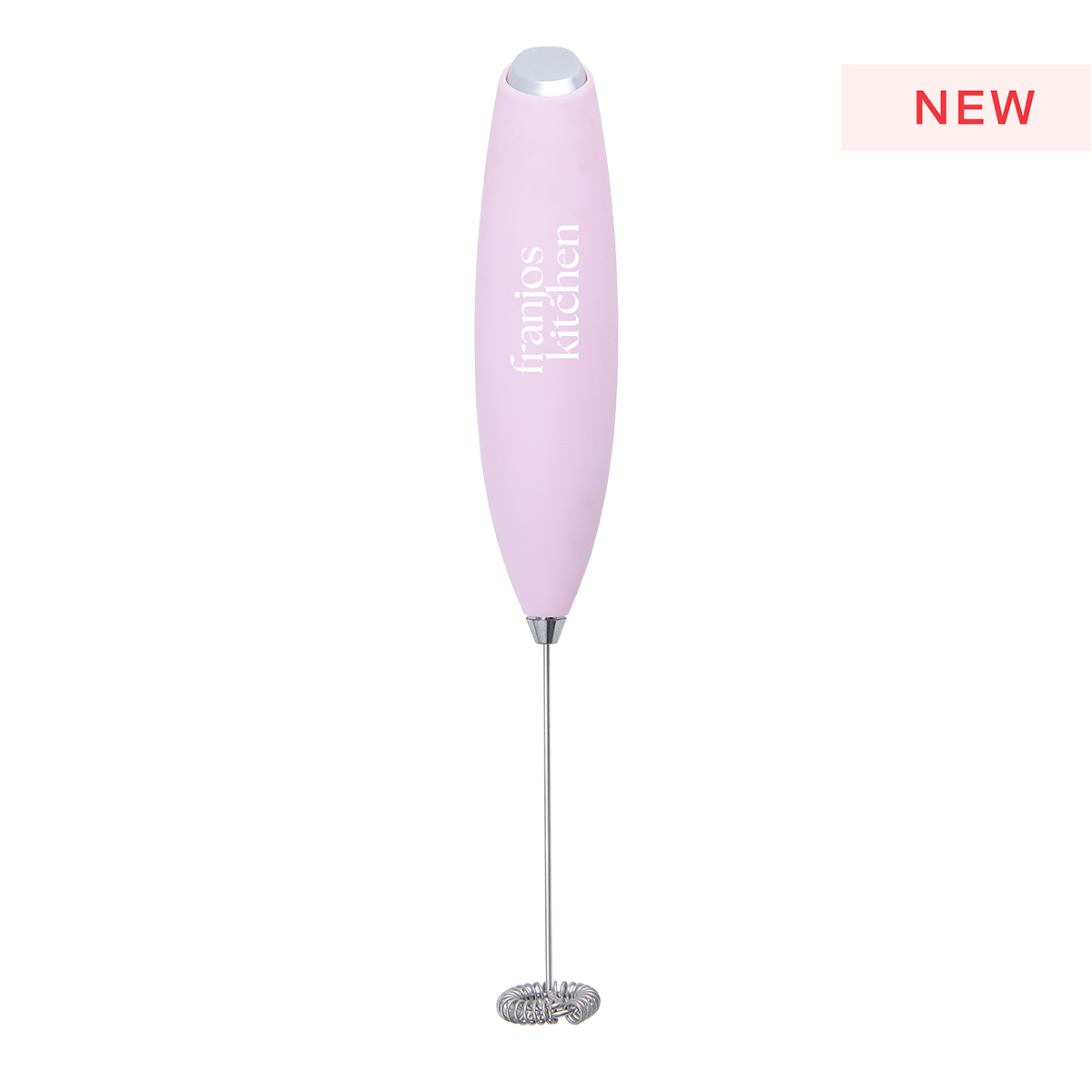The Breastfeeding Series Part 1

What to expect in the early days after your baby is born by Lois Wattis
We are thrilled to present a three part series written by Lois Wattis
RN CM IBCLC FACM and author of the fabulous book New Baby 101 - A midwife's guide for new parents.
Part 1: What to expect in the early days after your baby is born
Learning to breastfeed involves mastering a new set of co-ordination skills and it takes some time to gain confidence. Breastfeeding is the culmination of the process of growing and giving birth to your baby. This extraordinary continuum has ensured the survival and development of our species. Modern women may doubt their own capacity to completely nurture their child but scientific discoveries continue to confirm the wondrous properties and unique benefits of human breast milk from newborn to toddlerhood and beyond.
How does this all happen?
Milk, in the form of colostrum, is present from about the fourth month of pregnancy onwards.At birth, the delivery of the placenta triggers a reduction in the woman’s progesterone levels that removes the inhibition of milk production and allows the elevated levels of prolactin to function. Increased amounts of blood and lymph in the breast form the nutrients for milk production. These fluids cause the breasts to become fuller, heavier, and sometimes tender.
As regular, frequent breastfeedings progress, this normal fullness diminishes. By about two weeks postpartum, when lactation is established, the breasts become comfortable soft and pliable, even when they are full with milk. Regular frequent feedings will maintain this condition (Lauwers & Swisher, 2005, p308).
So how do you breastfeed a newborn baby? Be guided by your baby’s cues as to when
he wants to feed and for how long. During the first few days when baby’s breastfeeds provide nutritious colostrum, the feedings may be frequent and irregular in duration.
Colostrum is highly concentrated, and baby’s stomach capacity is small so the quantity of colostrum required to satisfy his needs is also small. Alternating sides each time the baby goes to the breast will stimulate the breasts, assisting the transition from colostrum to breast milk production (lactogenesis). Baby’s stomach will gradually stretch in size as the volumes of colostrum produced gradually increase over the first 48 hours.
The Feeding Frenzy - Around day 2-3 baby often wants to feed more frequently, maybe 1-2 hourly. Baby has passed lots of black coloured meconium poos, emptying out his gastro-intestinal tract, and his stomach capacity is gradually increasing in size in preparation for milk feeds. He’s hungry! So feed him! This is nature’s way of ‘calling in the milk’ and Mother’s body will respond accordingly. Frequent breastfeeds in the early days has been shown to reduce the incidence of engorgement when the milk arrives. Skin-to-skin contact with baby, allowing baby to smell, hear and touch you and avoiding separations so you can respond to his feeding cues immediately will facilitate your ‘milk coming in’ – putting an end to the Day 2-3 feeding frenzy.
The milk arrives - Your breasts feel heavy, warm and may leak prior to or during feeds.
Nature often overcompensates in the beginning, but it will settle down. Moist warm heat in the form of warm showers or warm wet face washers applied to the breasts will enhance ‘letdown’ to help the milk flow. Avoid cold treatments at this stage which will constrict the breast tissue and reduce the flow of milk.
When your milk first ‘comes in’ baby may be full and satisfied in one session or phase at the breast as his stomach capacity has to stretch to accommodate the bigger volume of milk taken during the feed. Over the next day or so this will gradually change and baby will begin to seek a second session or phase of each feed, and sometimes, perhaps, a third!
Typically, baby will start the feed enthusiastically gulping down the fast-flowing milk from the full breast. This first phase of the feed may be completed in quite a short time, maybe 5-10 minutes. Baby will appear fully satisfied and will often drop off to sleep. The milk baby has taken during this first phase of the feed is likely to be ‘foremilk’ which is full of wonderful nutrients but has very little fat content.
Baby will sleep a short time – maybe up to 30 minutes, and then stir. He has partially digested the foremilk and now “cues” to complete the breastfeed. It is advisable to return the baby to the same breast he fed from first, and the milk he takes in the second phase of the feed is likely to be milk which is higher in fat –called ‘hindmilk’. This fattier milk will be digested more slowly than the foremilk and help keep baby satisfied until he is ready for the next breastfeed. He may even repeat this a third or fourth time at some feeds. Return baby to the starting breast at least once, before offering the second breast. Baby will let you know when he has had enough.
At the next breastfeed you offer the opposite breast, following the baby’s cues as above.
This pattern ensures both breasts are well drained a number of times during each 24 hour period, enhancing the establishment of an ample breastmilk supply. As baby grows he may drain the first breast in a couple of phases and still want more, so the feed may need to be completed on the second breast. In this case start the next feed on the breast which was drained the least – probably the second breast.
So each breastfeed is usually comprised of a few instalments. Just as an adult varies the
size of meals eaten according to hunger, and meals may be comprised of several courses, babies vary their feeds too. Young babies particularly need to take each ‘meal’ in a few stages, with rest times in between each stage to allow comfortable digestion.
Now you have an overview of what to expect in the early days after baby is born. Part 2 of this series will detail some techniques to ensure baby gets a good latch which is also
comfortable for Mum.
This is an excerpt from New Baby 101 – A Midwife’s Guide for New Parents which is available from the author’s website www.newbaby101.com.au New Baby 101 is also available as an App for your smartphone via Google Playstore and iTunes Appstore.
Follow New Baby 101 on Facebook https://www.facebook.com/newbaby101 to keep up with everything educational and fun about Mums and Bubs.


